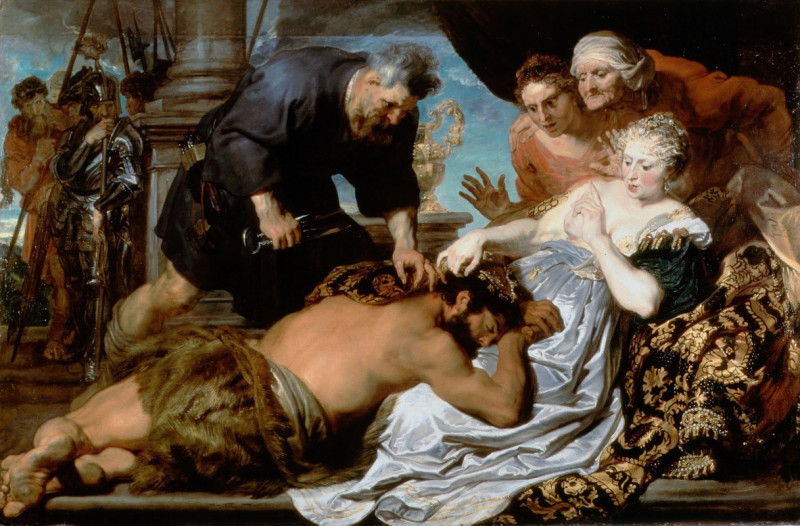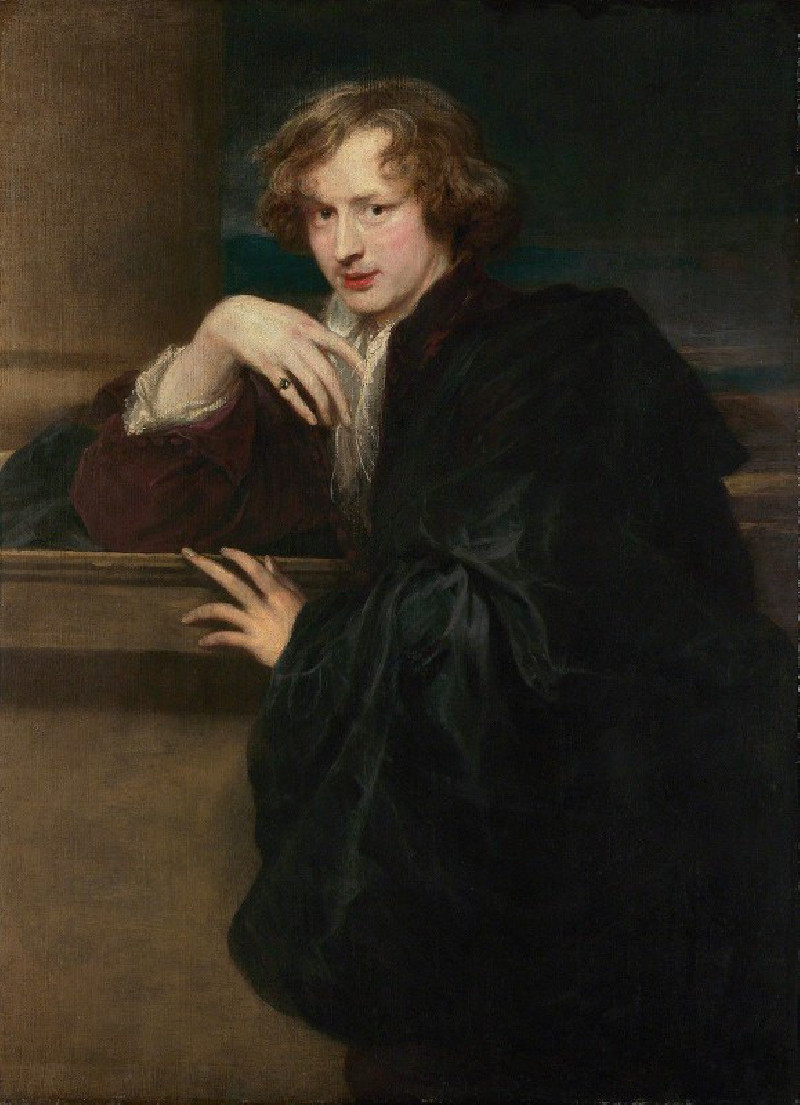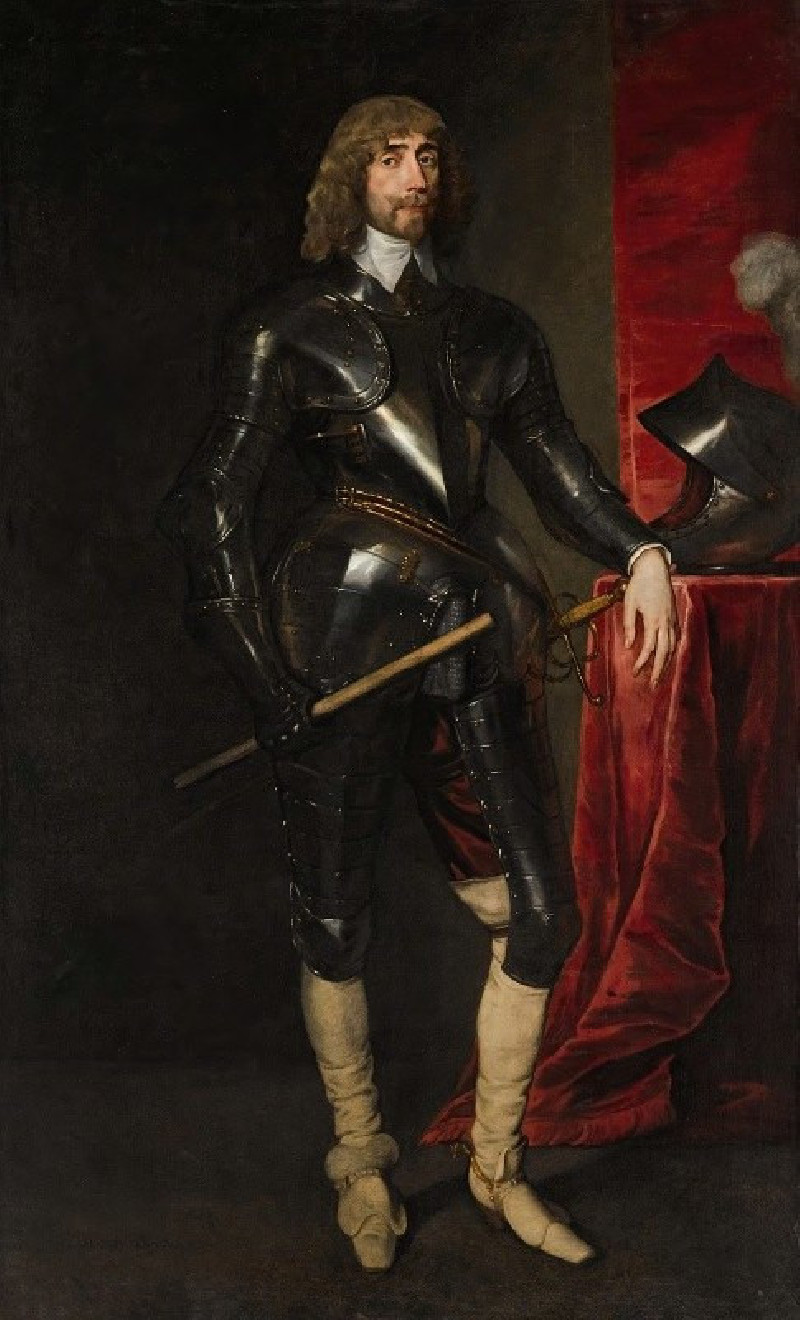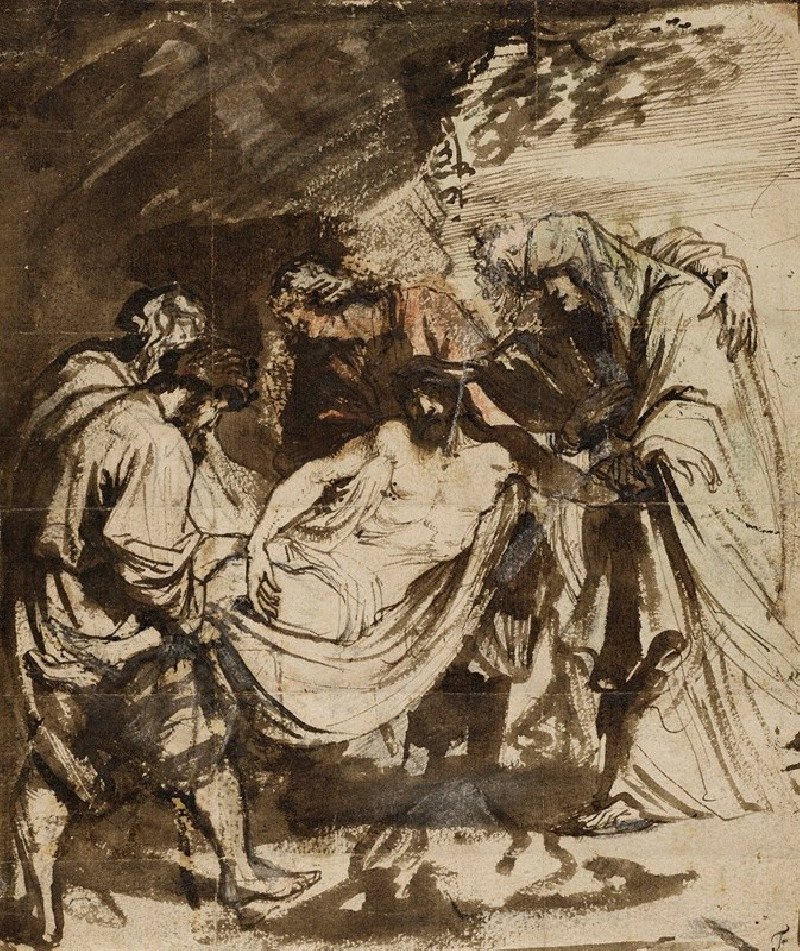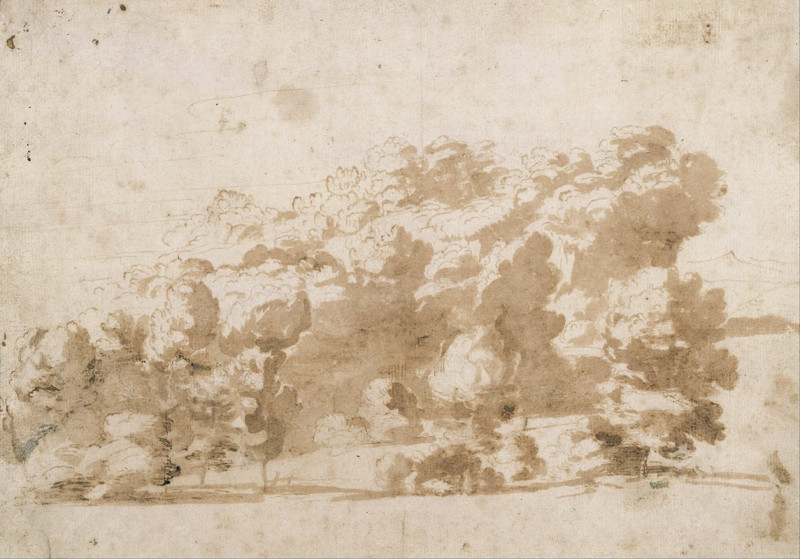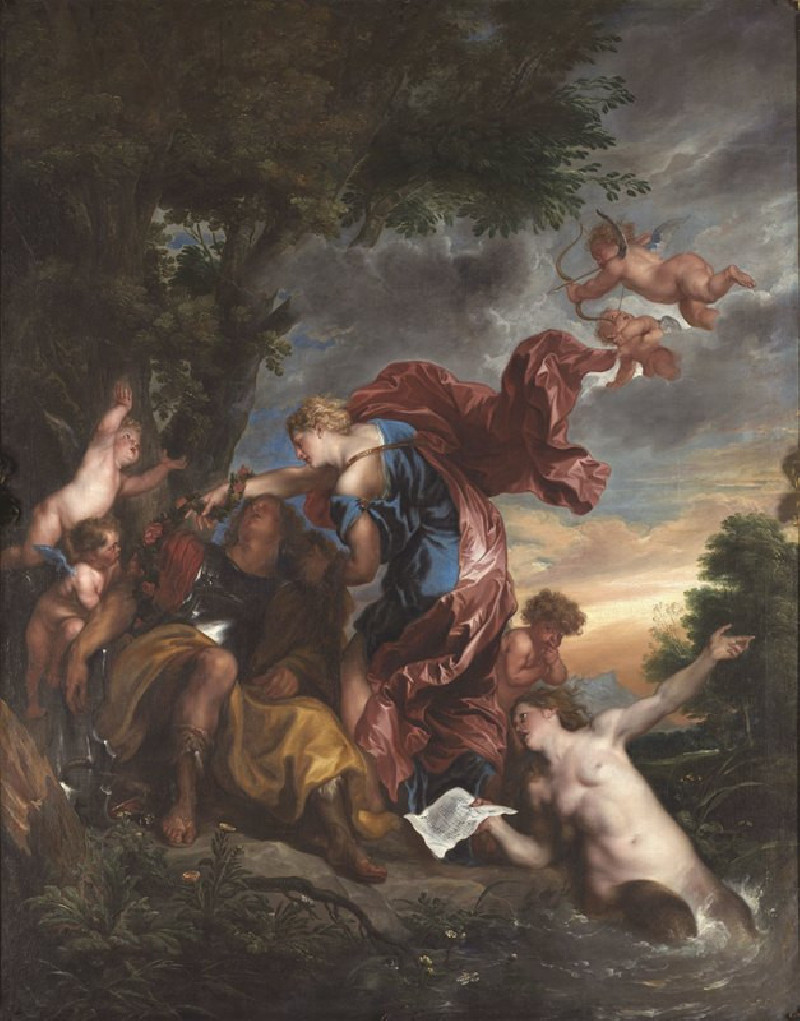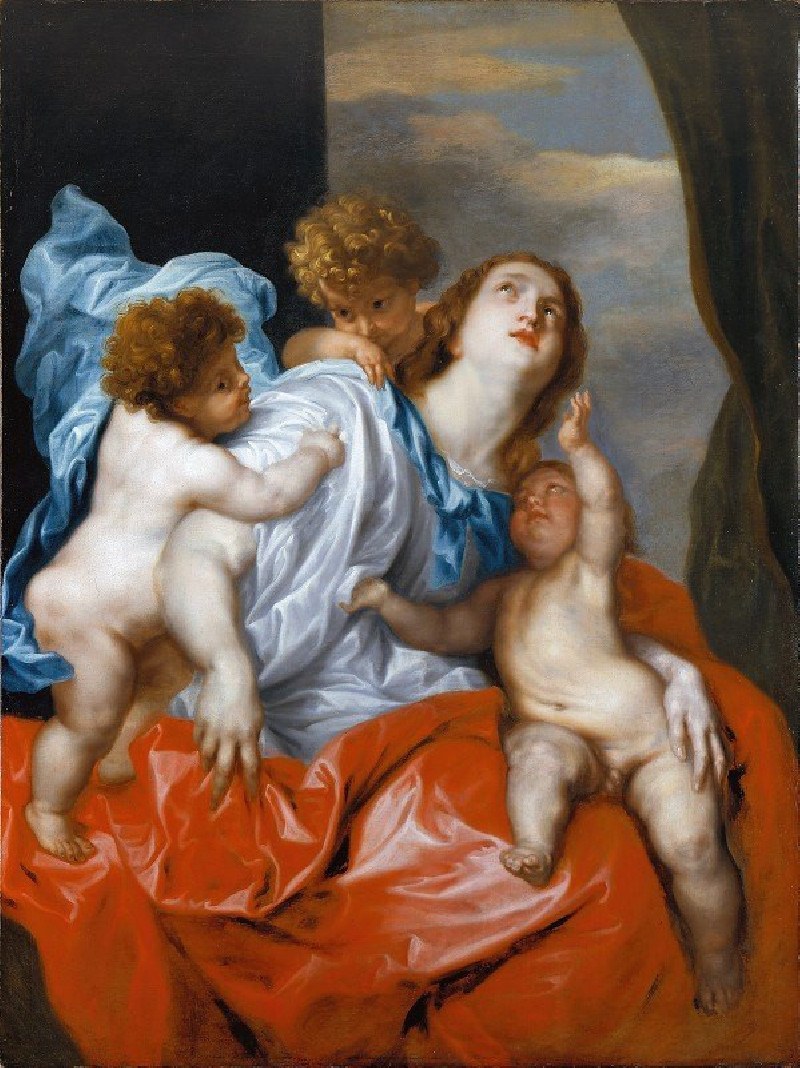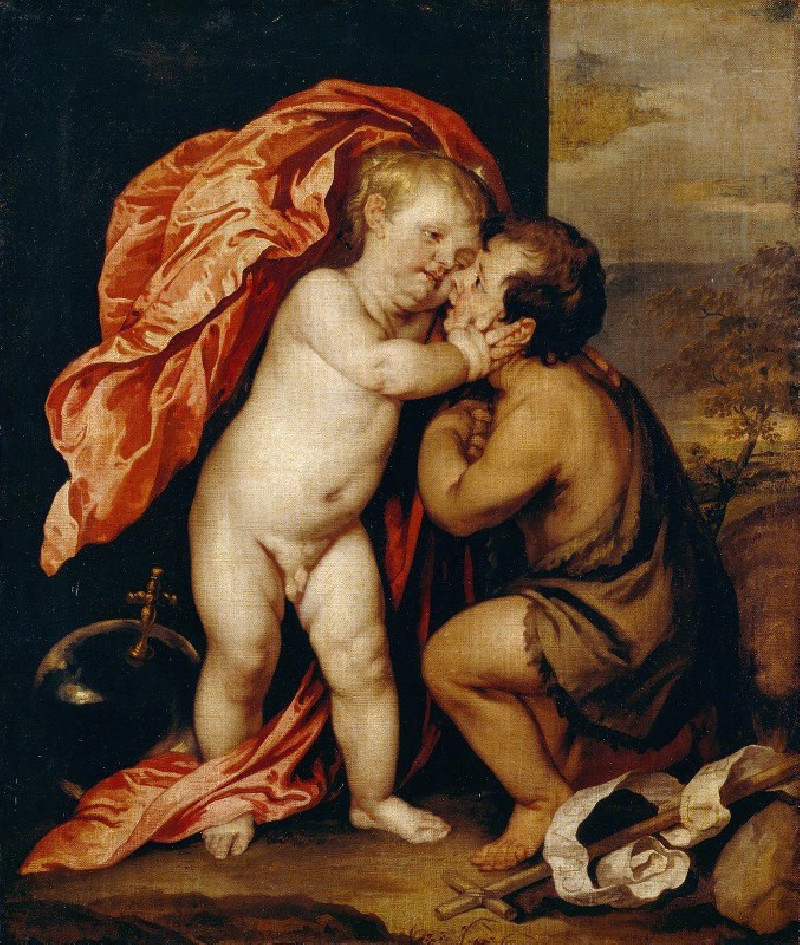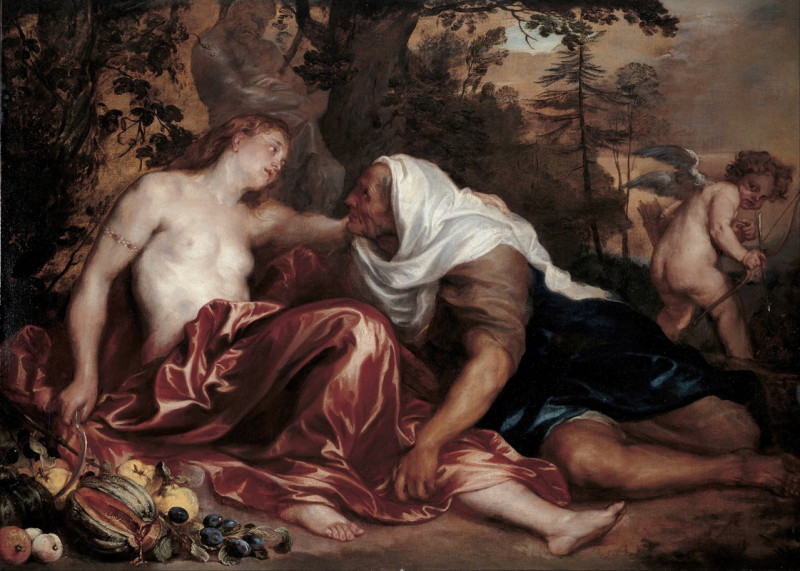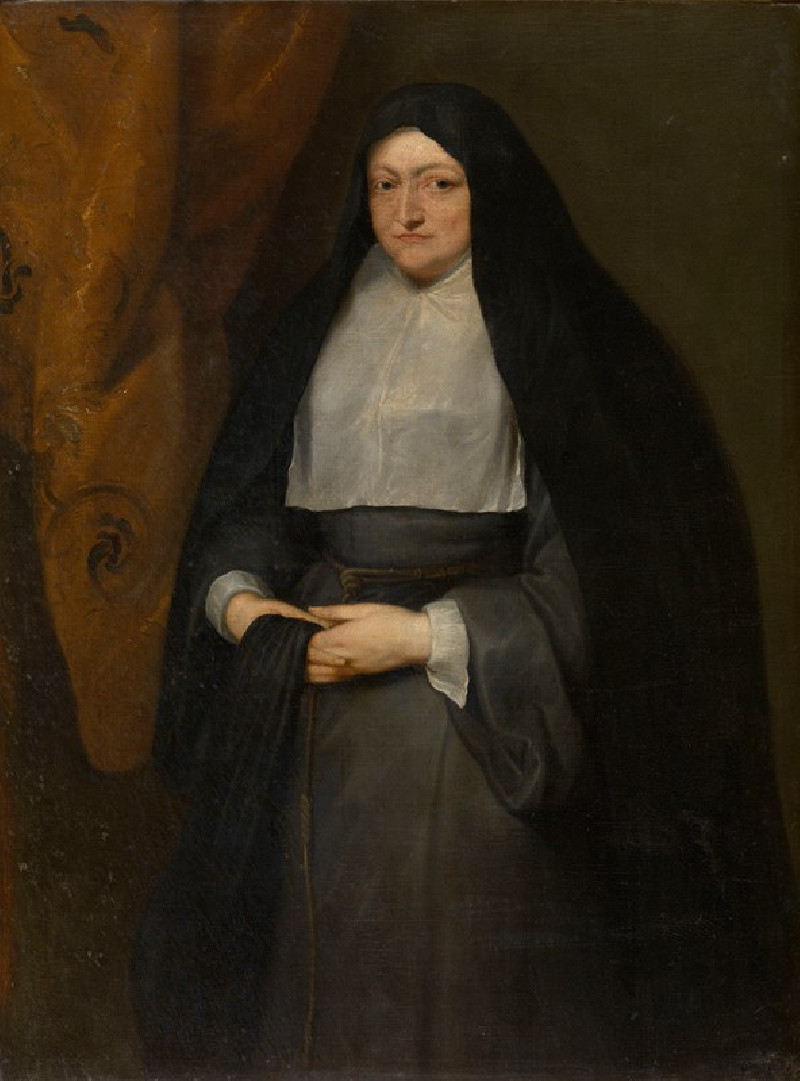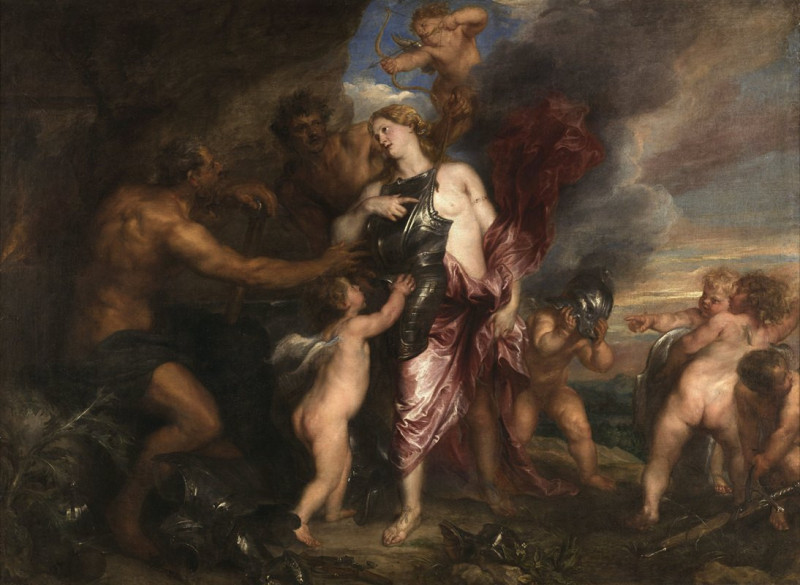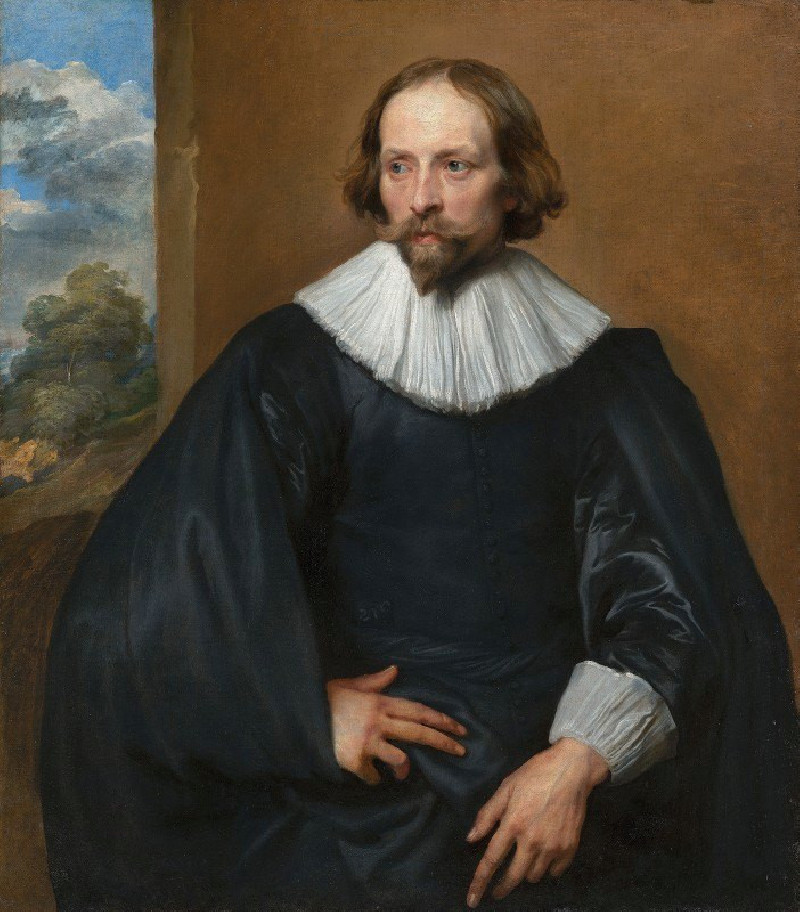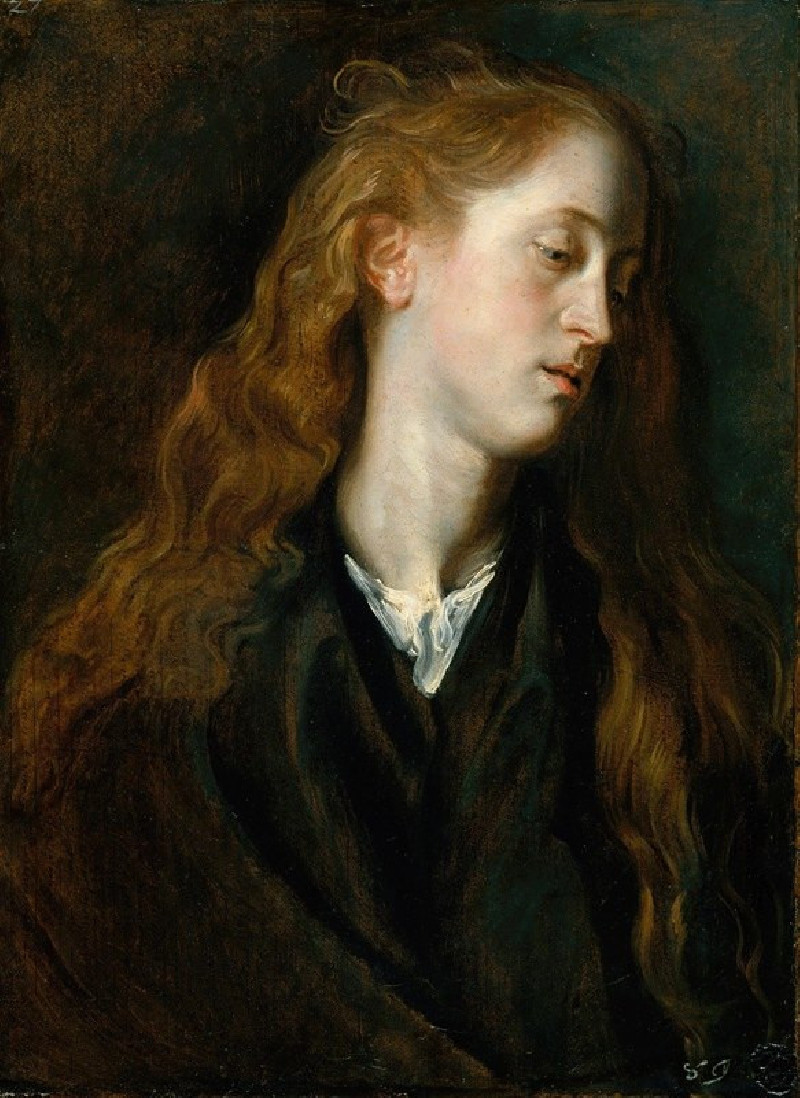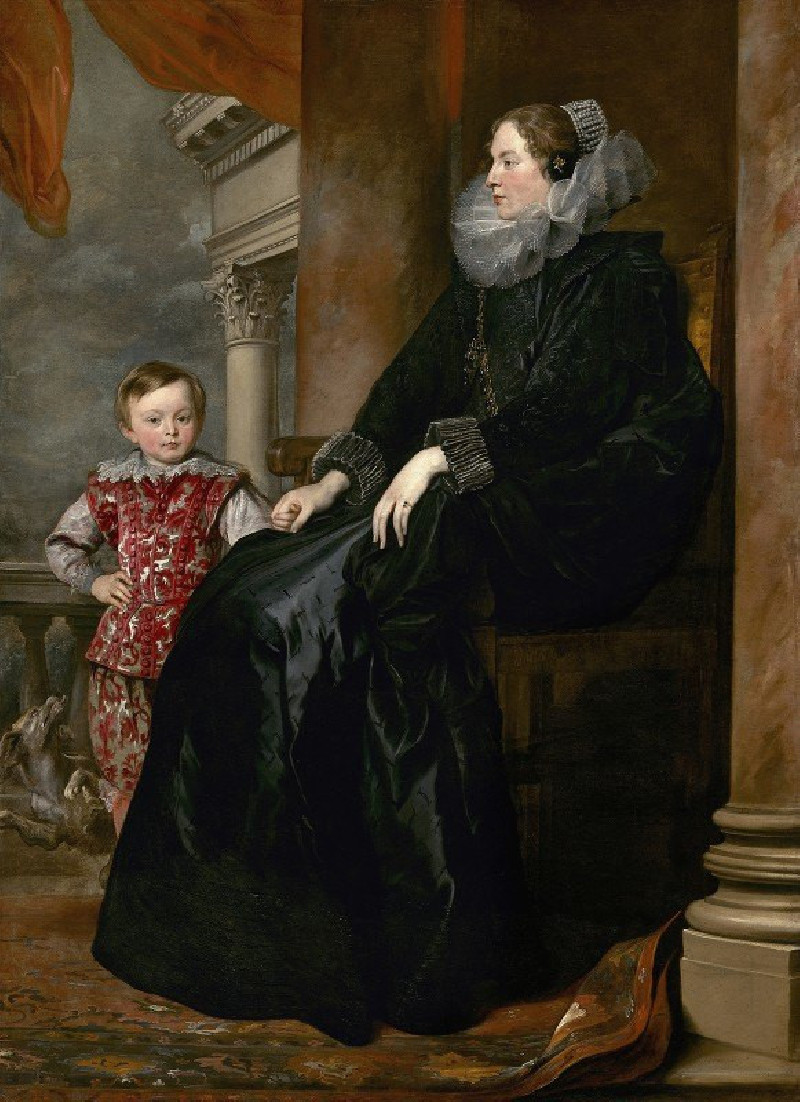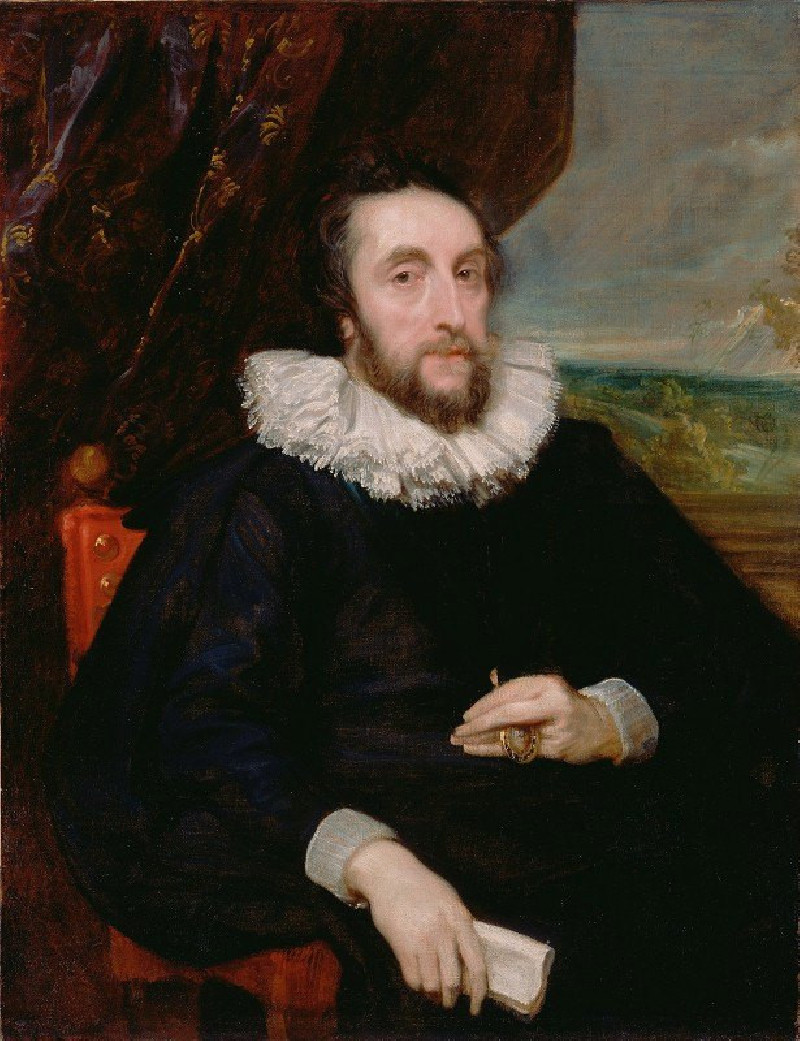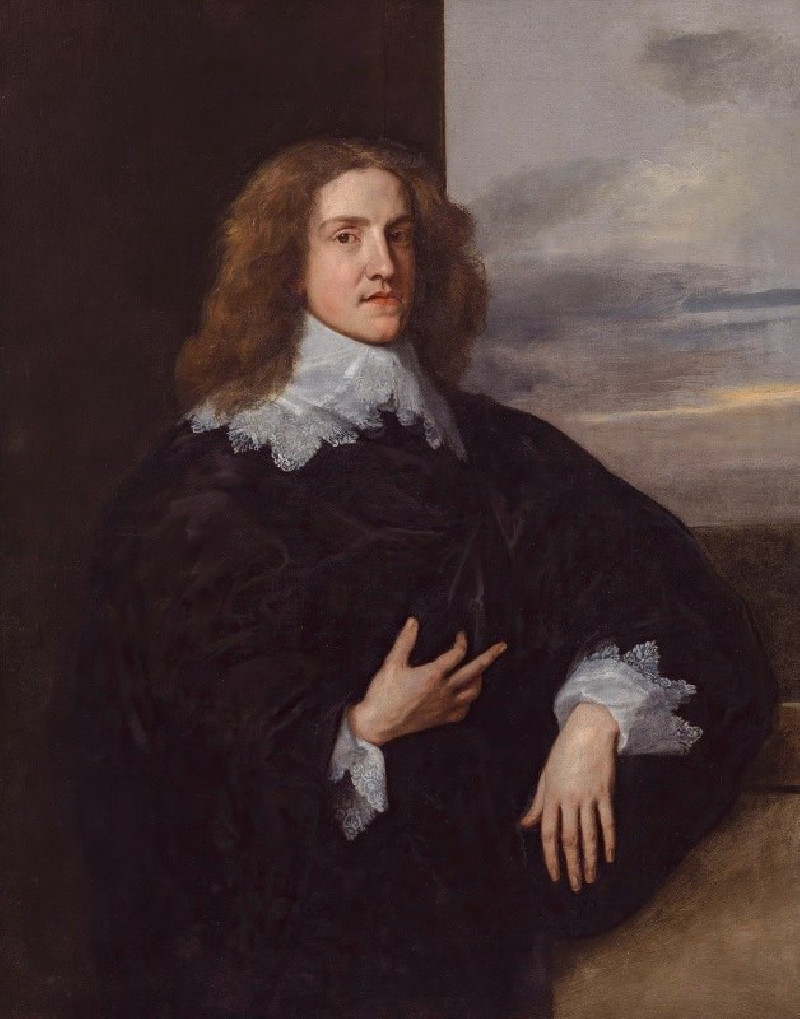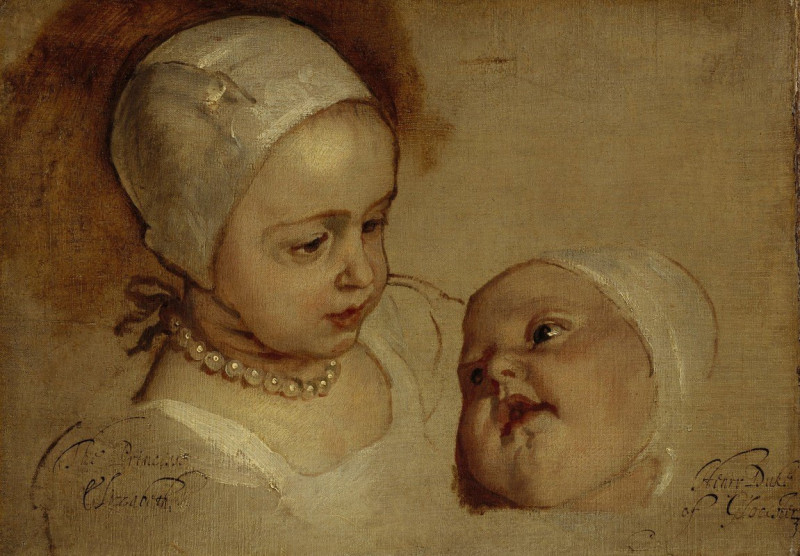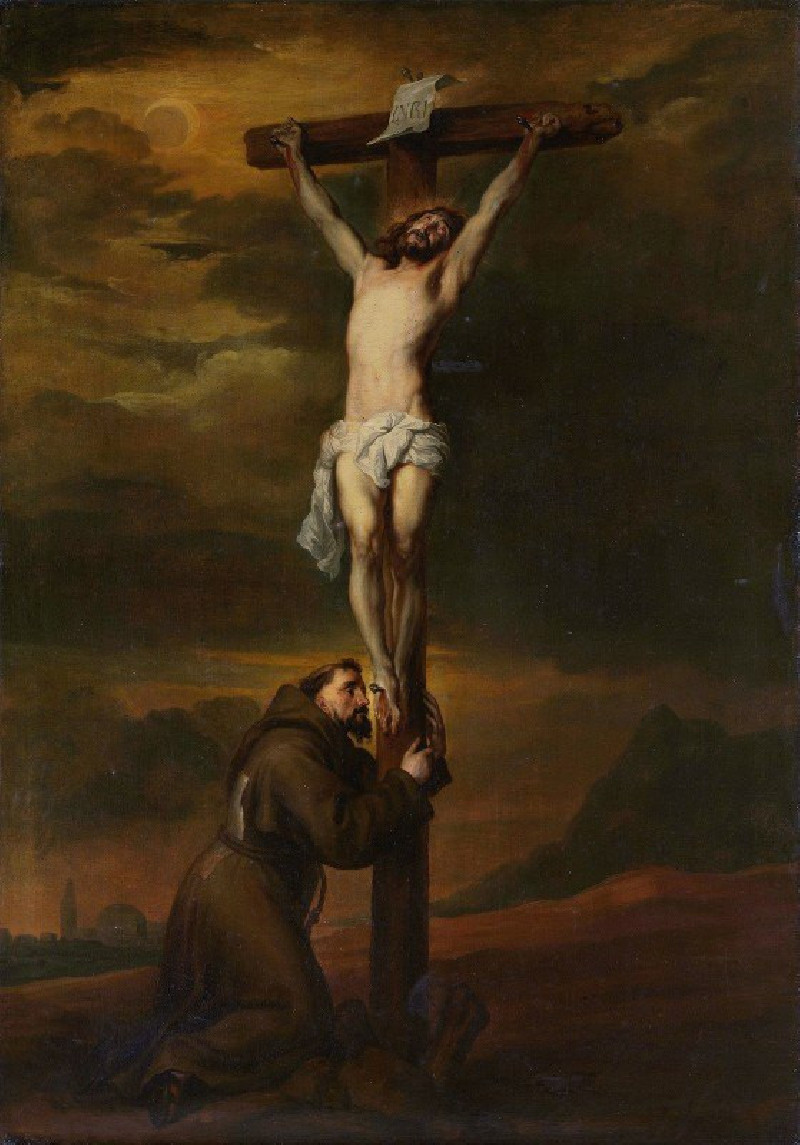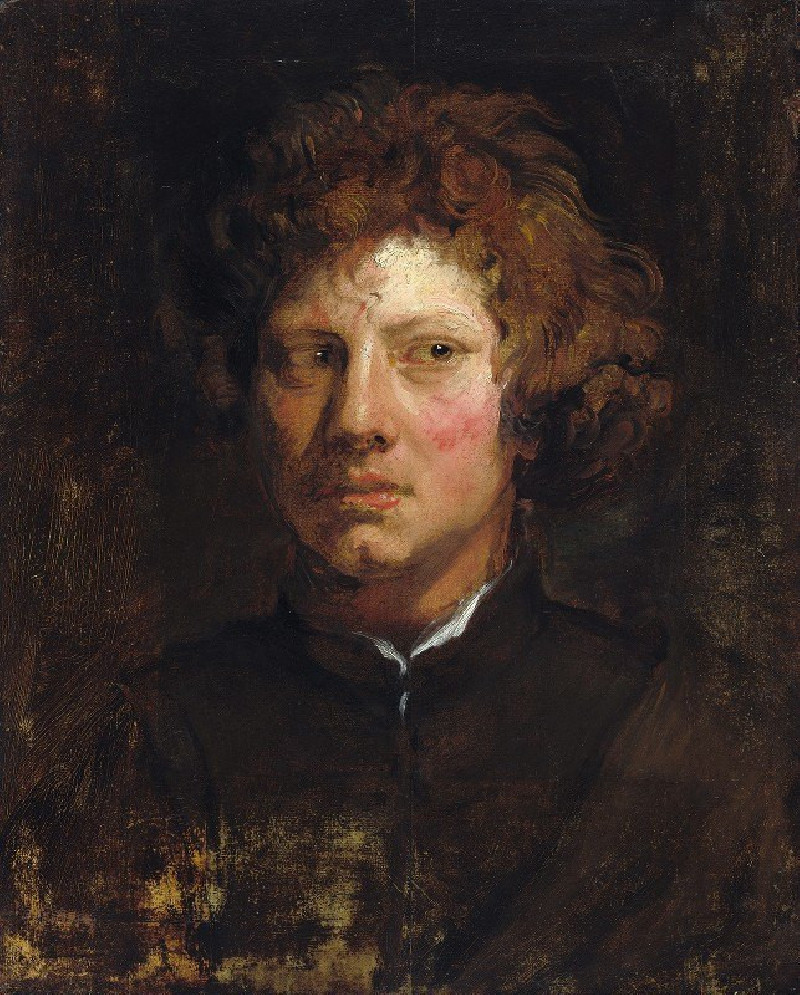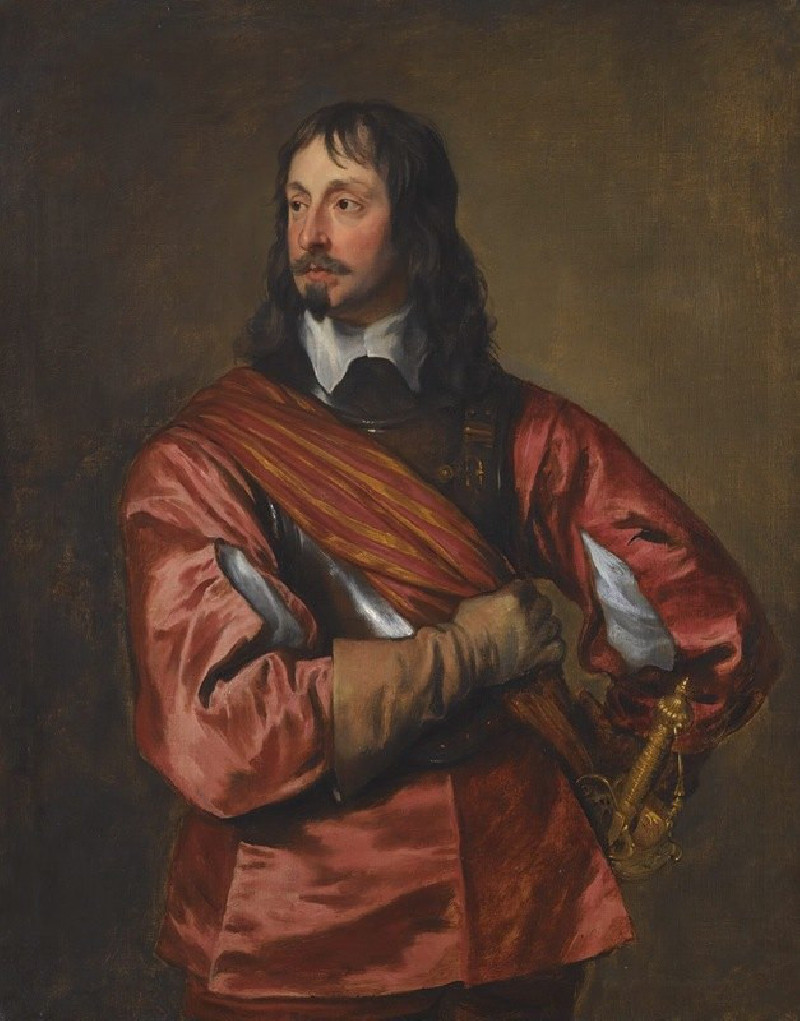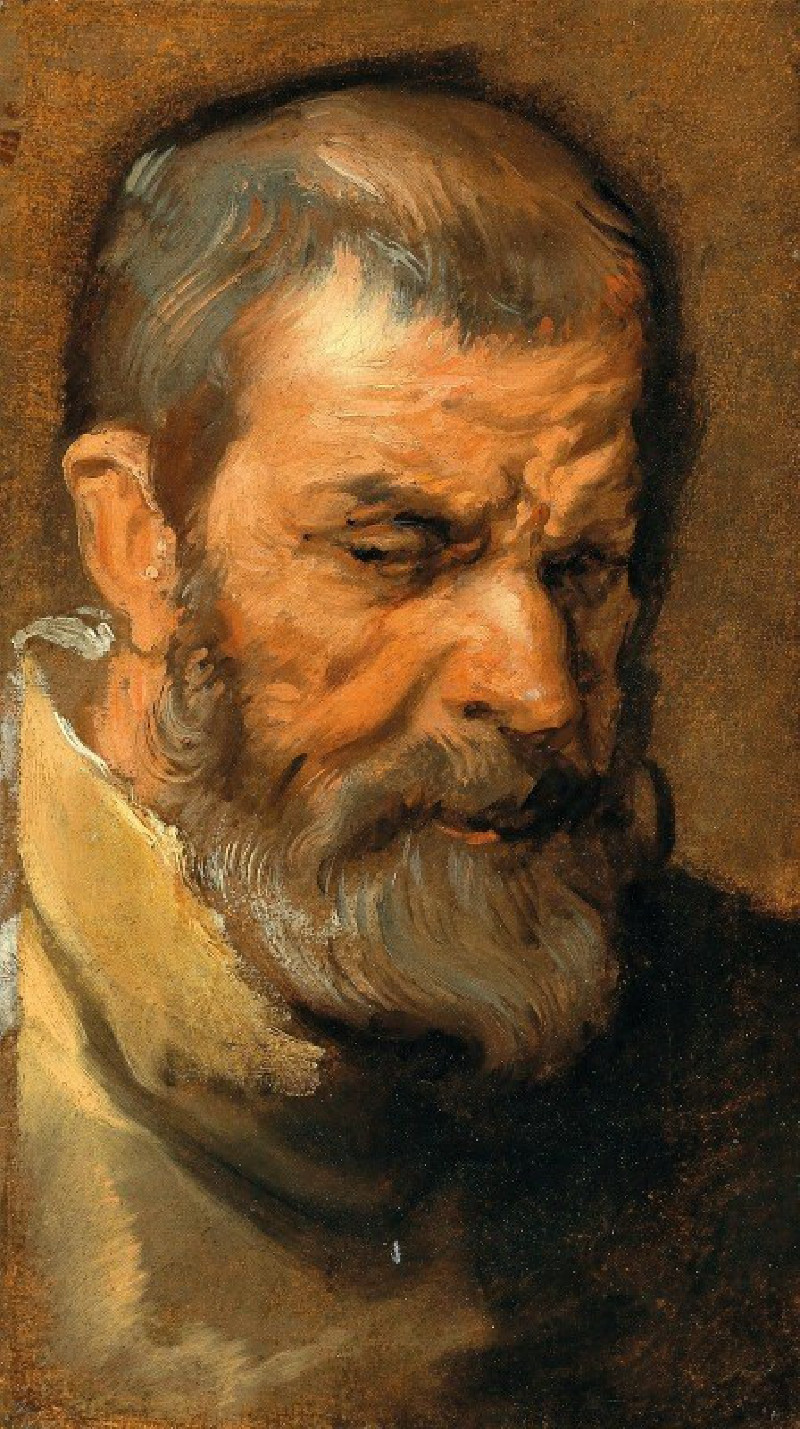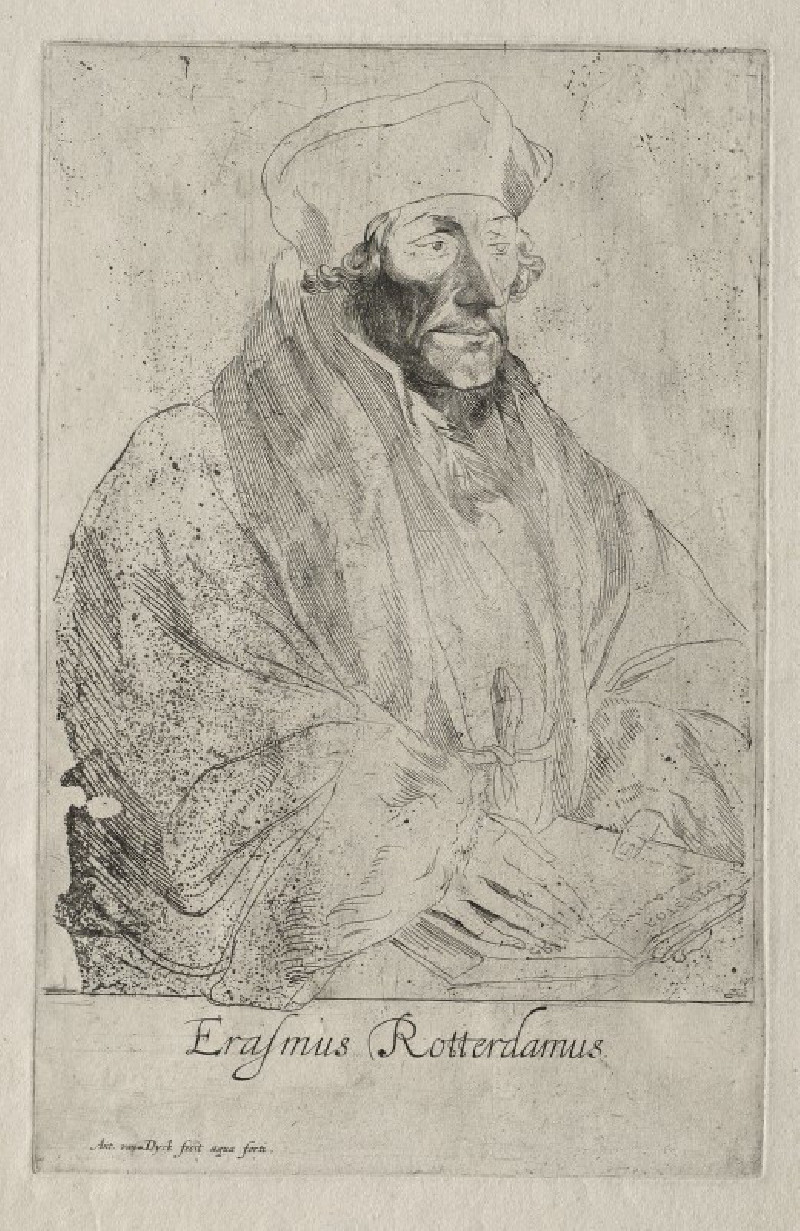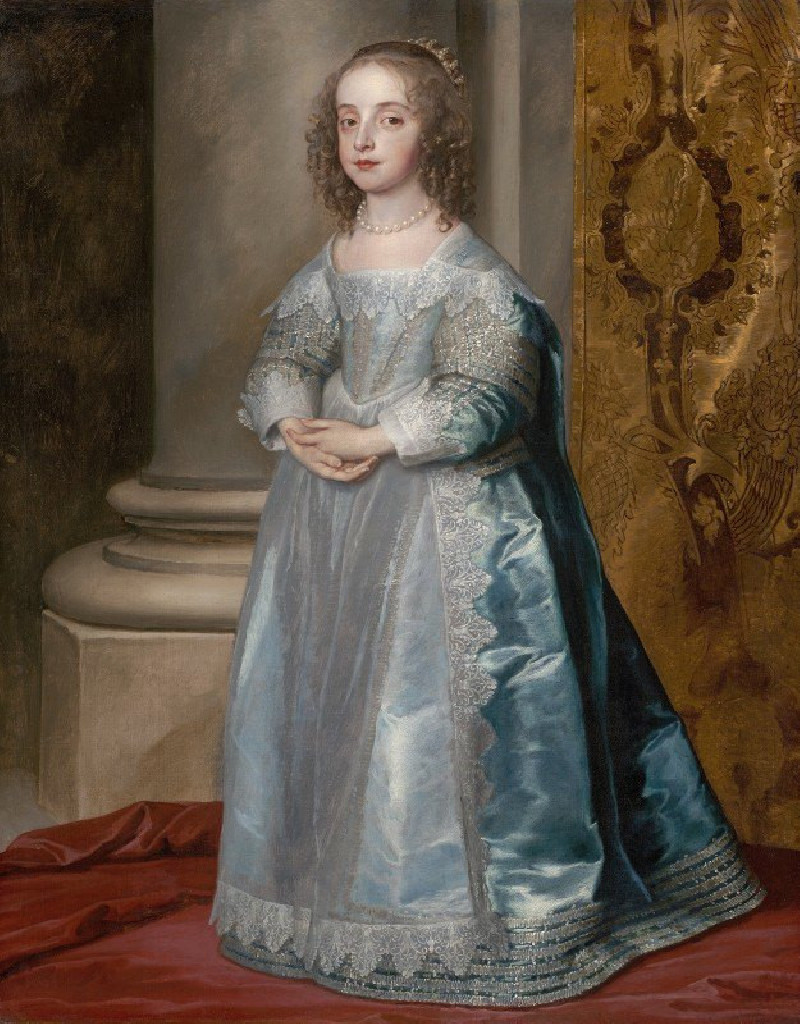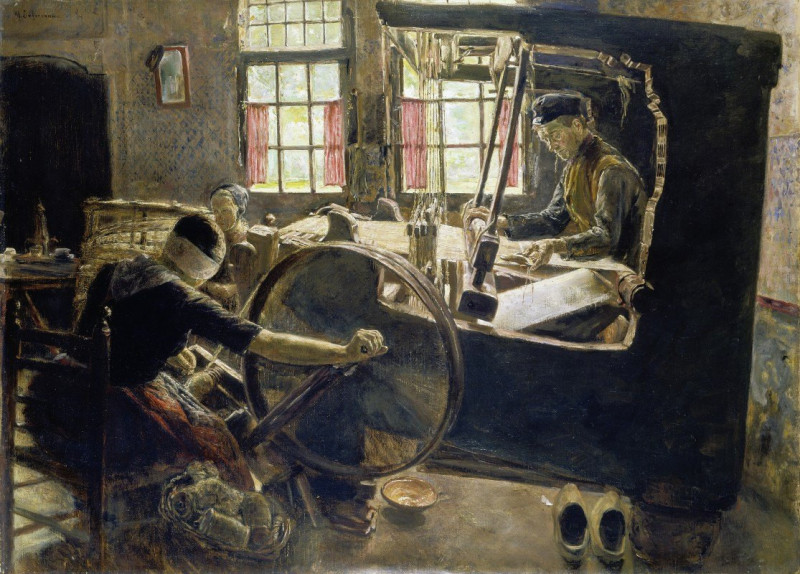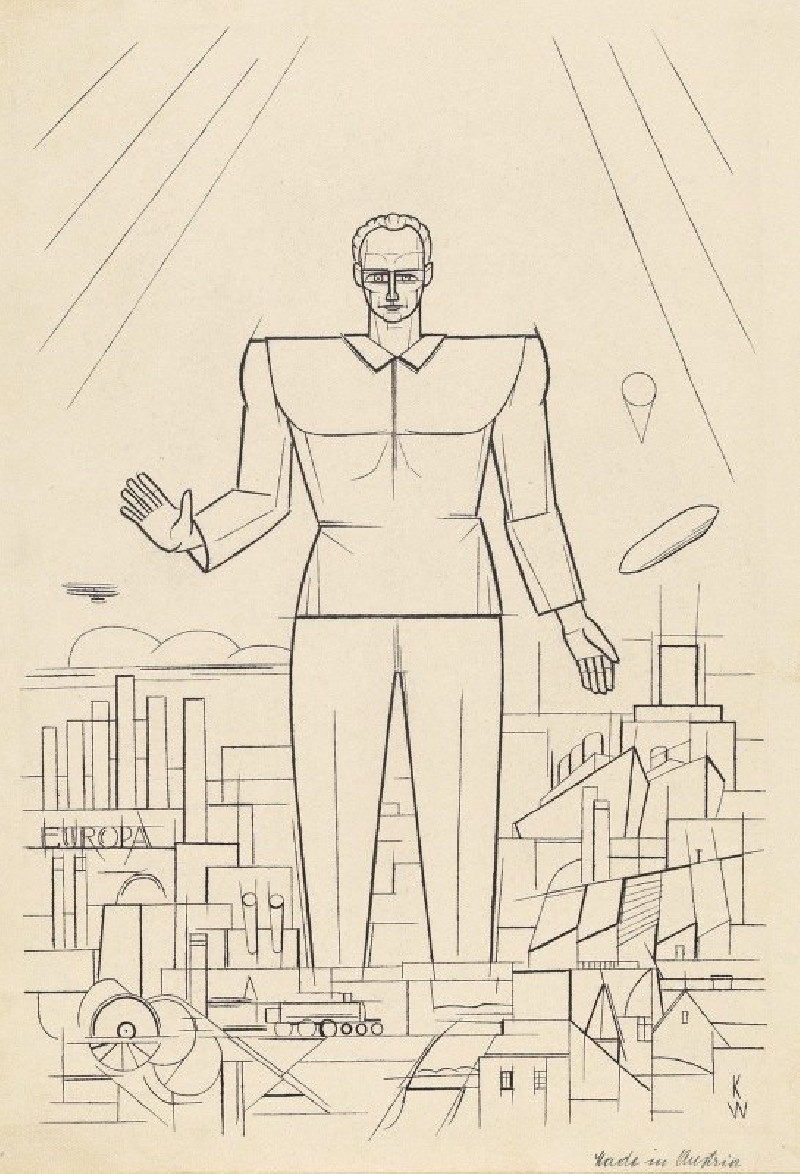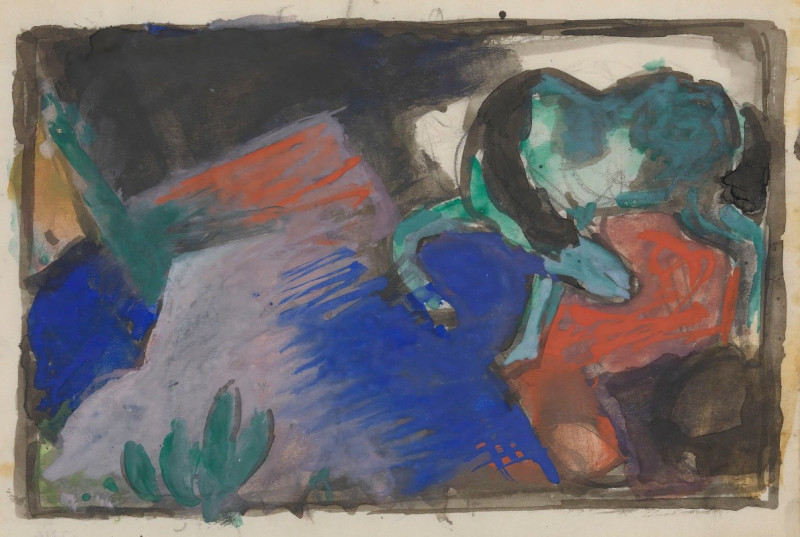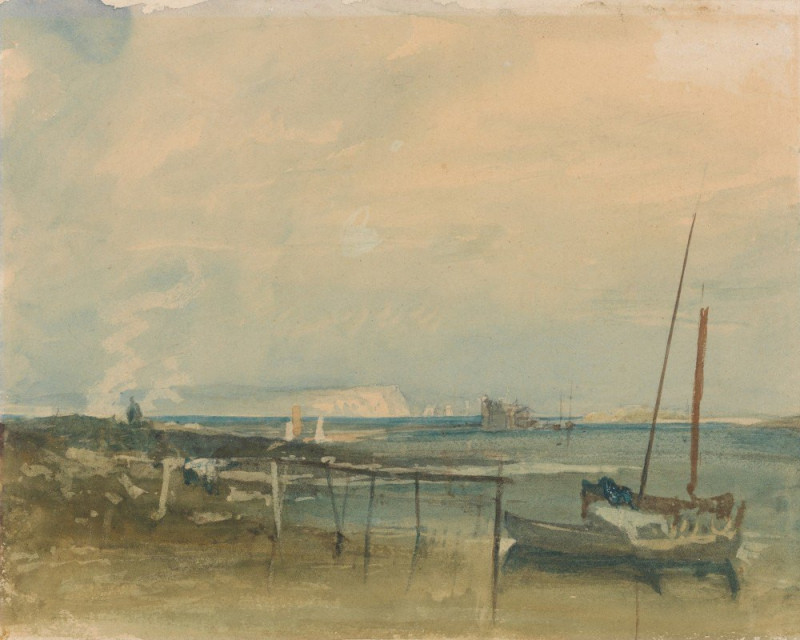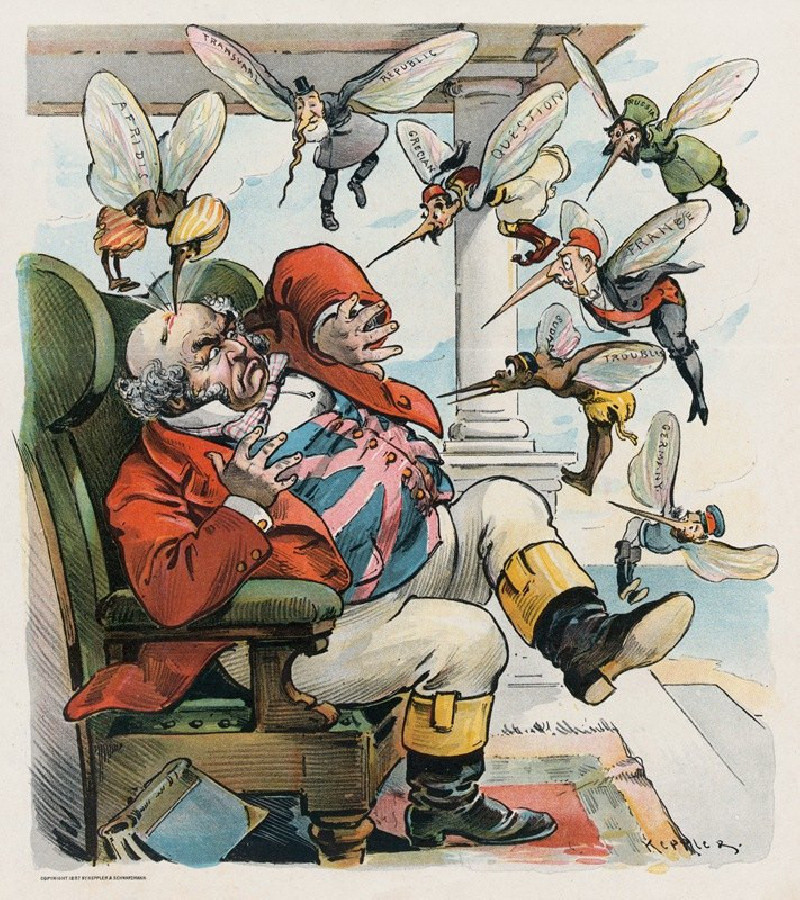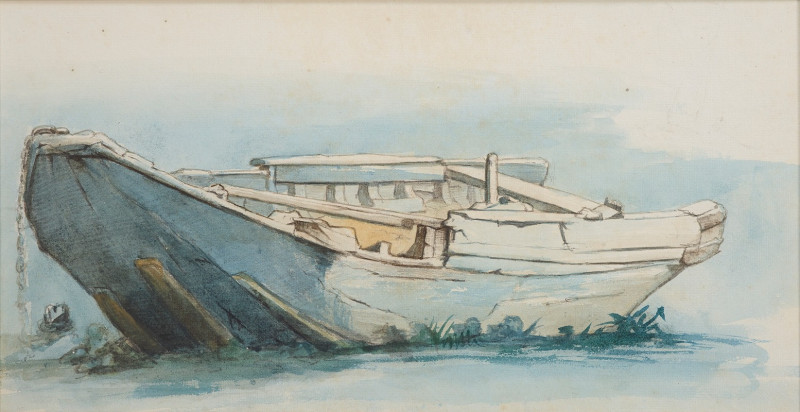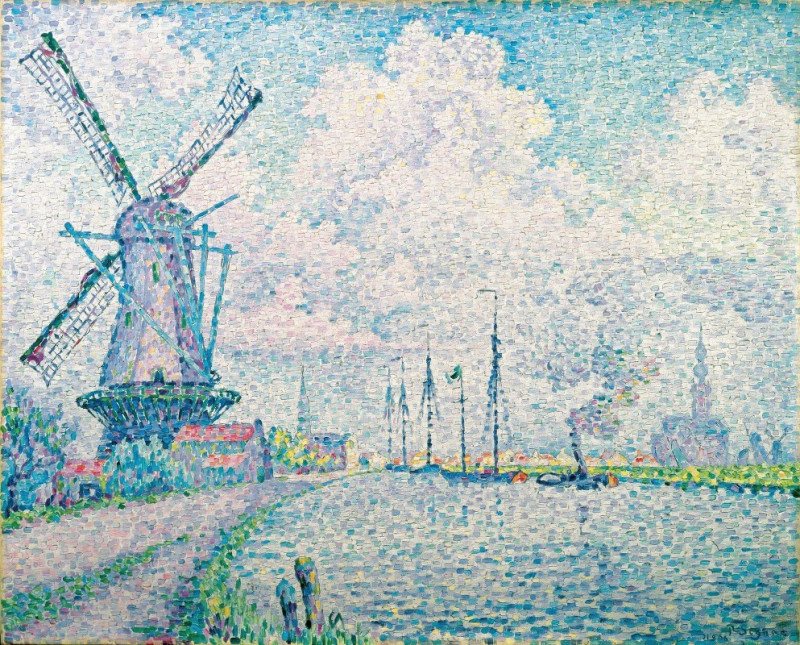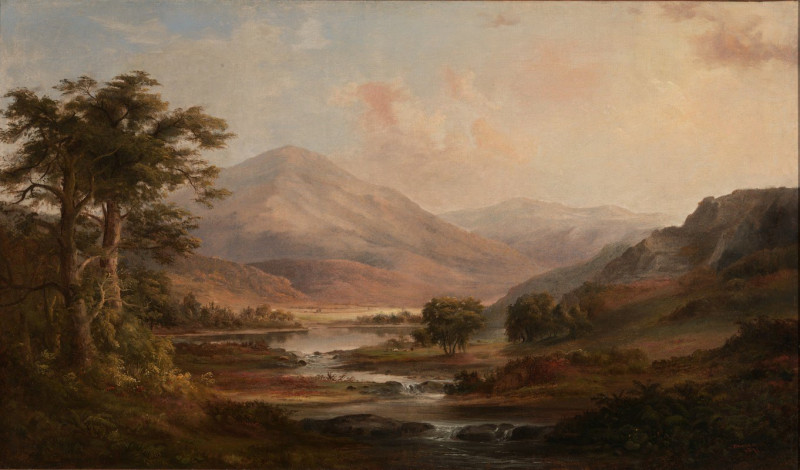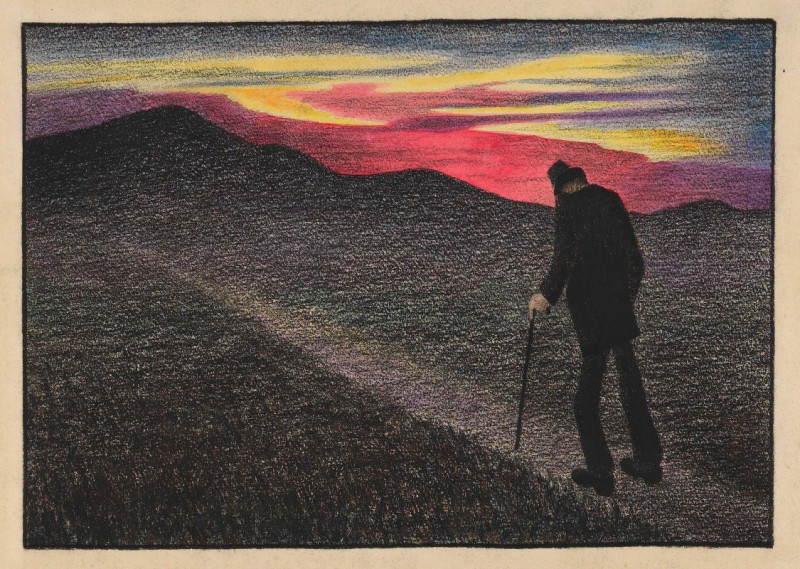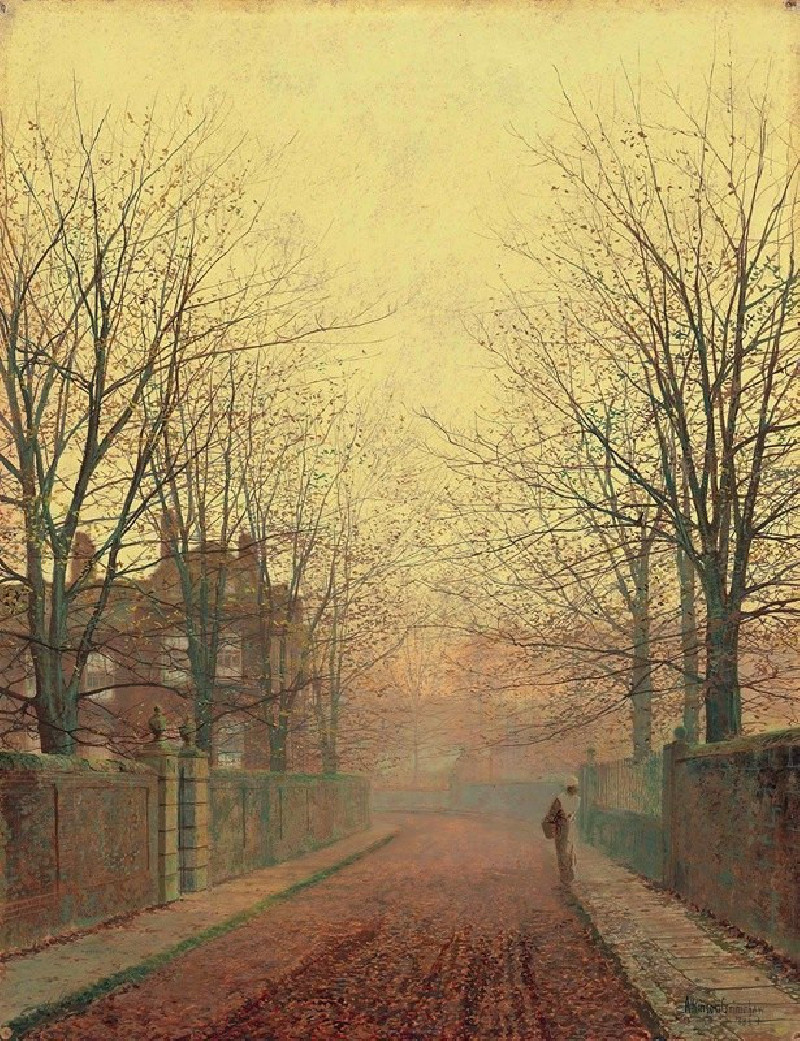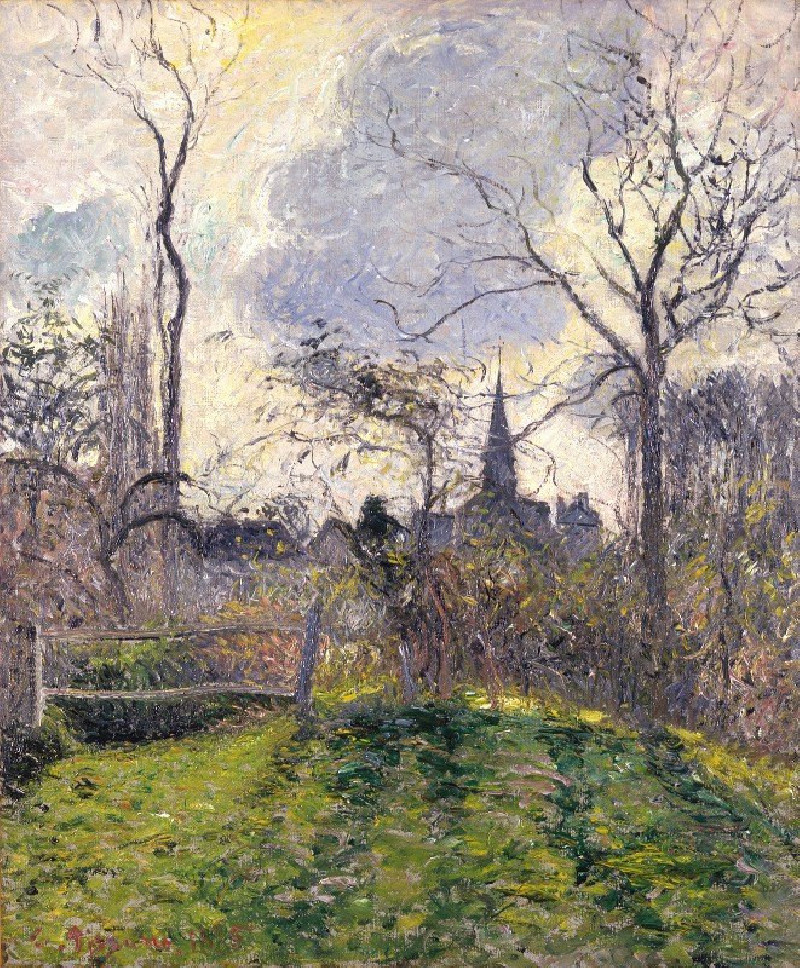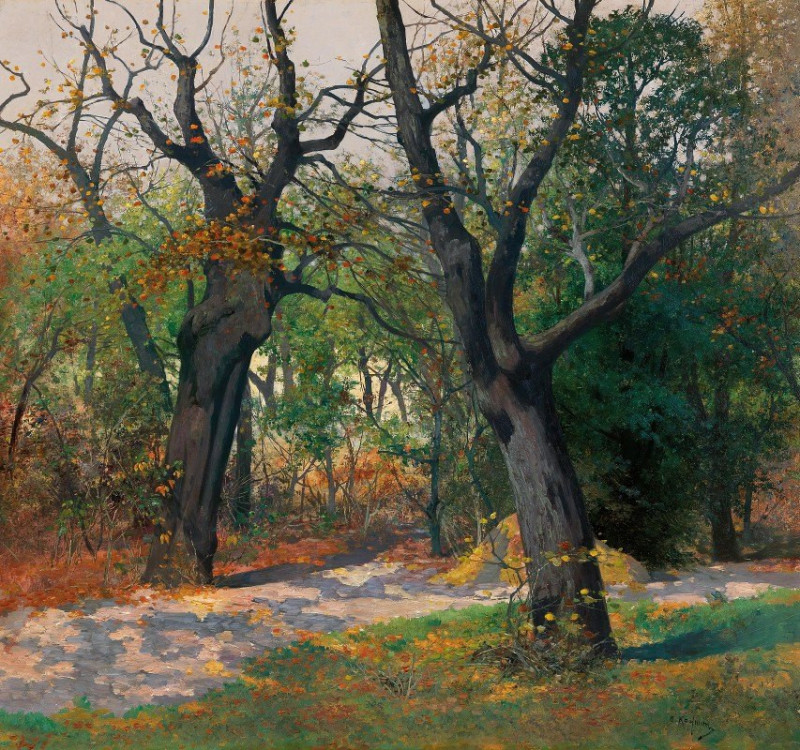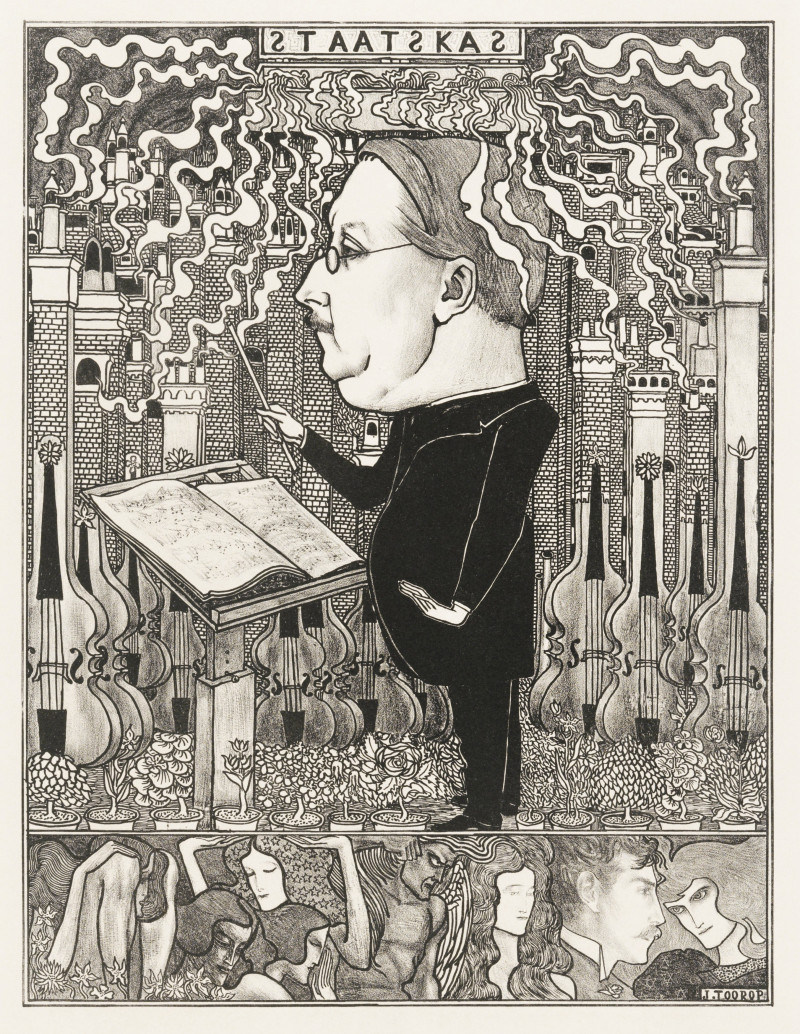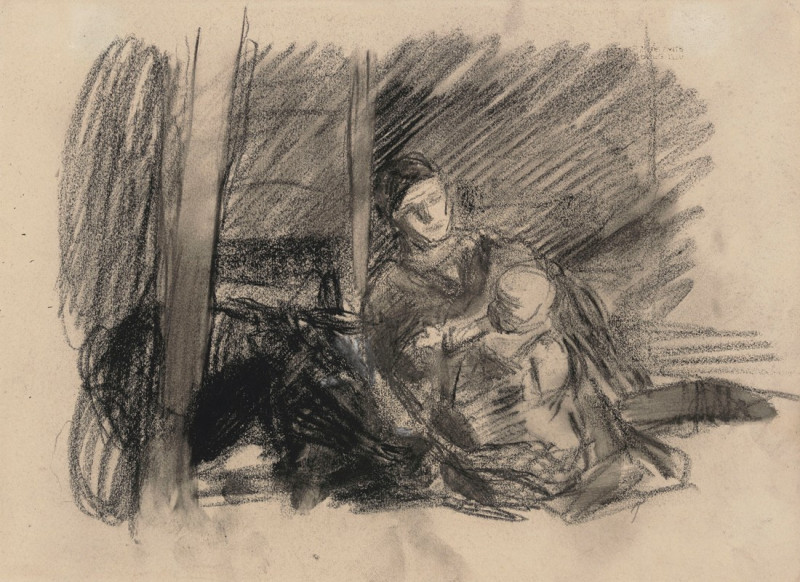Samson And Delilah
Technique: Giclée quality print
Recommended by our customers
More about this artwork
Sir Anthony van Dyck’s *Samson and Delilah* is a masterpiece of dramatic narrative and expert composition, rendering a pivotal moment from the biblical story depicted in the Book of Judges. Samson, a man of extraordinary strength, lies vulnerable and asleep, his head in the lap of Delilah, who has betrayed him. Delilah, working with the Philistines to learn the secret of Samson's strength, watches intently as a man cuts Samson's hair — the source of his power.The painting is fraught with tension and emotion, highlighted by the strong chiaroscuro and rich, opulent colors. Each character in the tableau plays a vital role; Delilah's face is calm yet calculating, guiding the barber’s shears to strip Samson of his might. Sitting behind Delilah, an elderly woman anxiously gestures towards Samson, adding to the intensity and urgency of the moment. Meanwhile, armed Philistine soldiers wait in the shadows, ready to seize Samson once he is weakened.Van Dyck’s use of light not only directs the viewer's attention to the central action but also enhances the textural contrasts between the metallic armor, soft flesh, and luxurious fabrics.
Delivery
Returns
Sir Anthony van Dyck (1599 – 1641) was a Flemish Baroque artist who became the leading court painter in England after success in the Spanish Netherlands and Italy.
The seventh child of Frans van Dyck, a wealthy Antwerp silk merchant, Anthony painted from an early age. He was successful as an independent painter in his late teens, and became a master in the Antwerp guild in 1618. By this time he was working in the studio of the leading northern painter of the day, Peter Paul Rubens, who became a major influence on his work.

